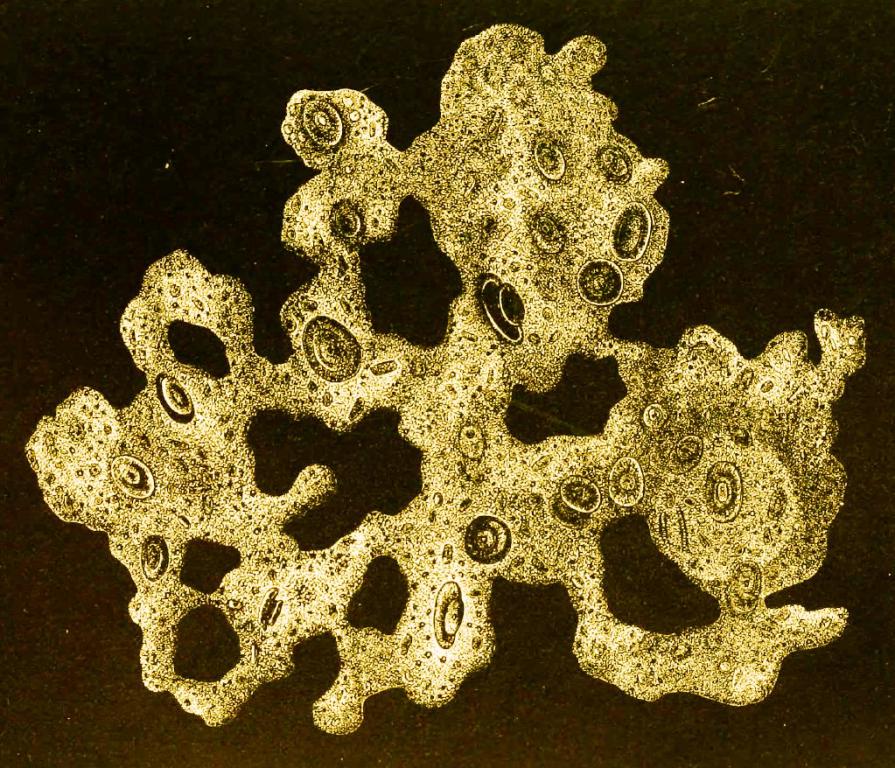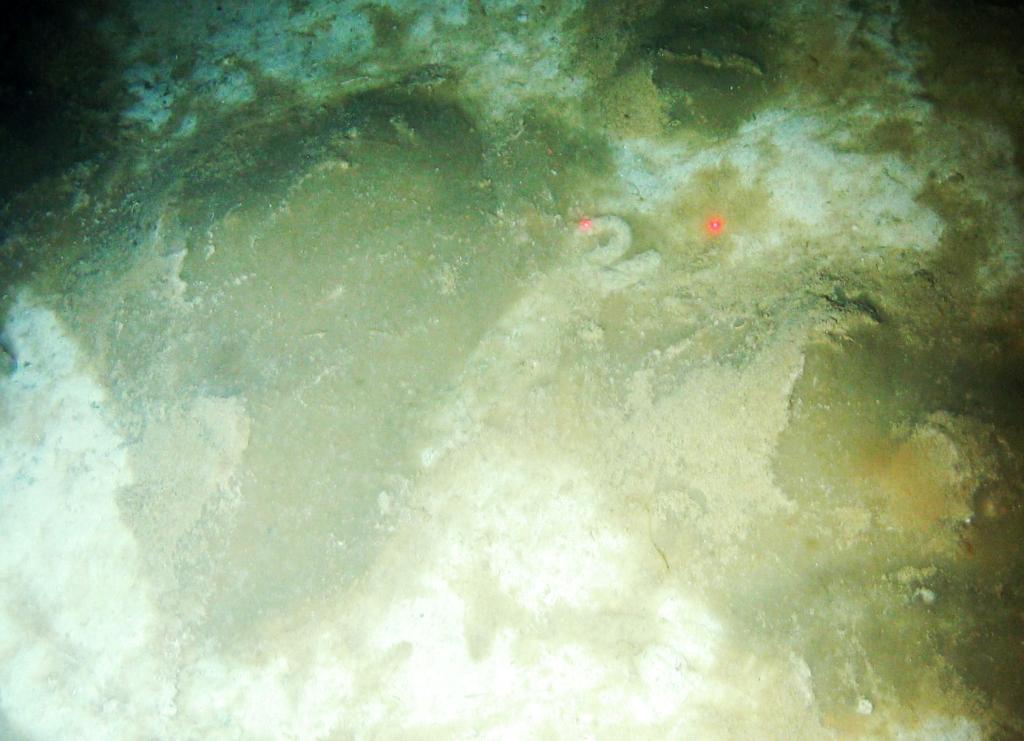When it comes to studying how our planet works and the life it supports, the deep ocean is one of the most mysterious and difficult environments to explore.
Simply reaching the deep ocean is a challenge in itself, which is one reason why exploration of these dark, cold, high-pressure realms is a relatively recent scientific pursuit.
One of the longest-running open-ocean observatories is located on the Porcupine Abyssal Plain—a site some 500 km west of Ireland in the northeast Atlantic, sitting 4,850 m (3 miles) below the surface. This year, it turns 40.
Thanks to ongoing research at this site, coordinated by National Oceanography Centre (NOC) scientists, we’ve made major strides in understanding life and processes in the deep ocean. But this wasn’t always the case.


The discovery of primordial slime
Take the British biologist and anthropologist Thomas Henry Huxley. A towering figure in 19th-century science, Huxley played a key role in advancing public understanding of evolution and defending Charles Darwin’s theory of natural selection.
In 1868, he believed he’d made a remarkable discovery. While examining mud, collected from the deep Atlantic seafloor, he concluded it contained a living substance—a kind of “primordial slime”, where the first forms of life originated from – that blanketed the ocean floor.
He named it Bathybius haeckelii, in honour of German biologist Ernst Haeckel, who had proposed the idea of Urschleim, or original slime—a protoplasm from which he believed all life originated.
This supposed living mat sparked interest in the ocean that was then fuelled by the pioneering deep-sea expeditions of HMS Lightning and HMS Porcupine (1868-1870) and ultimately the great HMS Challenger Expedition (1872 – 1876), a global circumnavigation of the world’s oceans, which laid the foundations of oceanography and described more than 4,000 species new to science.

It is thanks to the Challenger Expedition that the primordial slime theory was dismissed when it was recognised that the substance was probably a by-product created from the act of preserving samples in alcohol.
But, during 1977-1986, seafloor biologists from the Institute of Oceanographic Sciences (IOS, now NOC) began intensive studies in the Porcupine Seabight – a deep-sea area adjacent to the Porcupine Abyssal Plain.
Their greatest discovery was phytodetritus, a greenish goo that sometimes carpeted the seabed - was this the real Bathybius?
The discovery of phytodetritus
Further research showed that phytodetritus was the decomposing remains of surface ocean phytoplankton (microscopic plants) that had sunk to the deep.
Crucially, this phytodetritus was found to occur seasonally each year, suggesting an active and ongoing link between life at the surface and life in the deep.
And importantly, it was recognised as a pathway for the descent of carbon from the surface ocean, providing a periodic food source for deep pelagic and benthic communities.
In other words, phytodetritus isn’t just a food source for seafloor animals—it’s a vital component of how the ocean captures and stores carbon.

Why long-term monitoring matters
This discovery prompted the creation of a long-term monitoring site on the Porcupine Abyssal Plain, to better understand these deep-sea carbon fluxes over time.
So began the Porcupine Abyssal Plain Sustained Observatory (PAP-SO).
The first benthic PAP expedition—a pioneering European collaboration—took place in 1985, at a location halfway between the IOS Porcupine Seabight programme and the German Institut für Hydrobiologie und Fischereiwissenschaft’s BIOTRANS programme (BIOlogical vertical TRANSport and energetics in the benthic boundary layer of the deep sea).
Since then, the Porcupine Abyssal Plain has become a key long-term deep-ocean observatory, vital to our understanding of seasonal, interannual and decadal change in oceanic processes.
The discoveries continue
From carbon cycling and climate connectivity to high precision monitoring of atmospheric and surface ocean CO2 concentrations, research at this site continues to reshape our understanding of the deep, and even 40-years on we continue to discover species new to science.
Each year, tools and techniques are refined, with new technologies tested and adopted—from benthic landers and robotic vehicles to high-resolution sensors.
This year, NOC researchers will deploy cutting-edge robotics, new environmental sensors, and—for the first time— we will attempt to record a year’s worth of the grunts, clicks and beeps that make up the deep-sea soundscape.
Forty years young
Forty years may seem like a long time. But in the deep ocean—where processes can unfold over decades or longer—we’re only just beginning to understand what lies beneath.